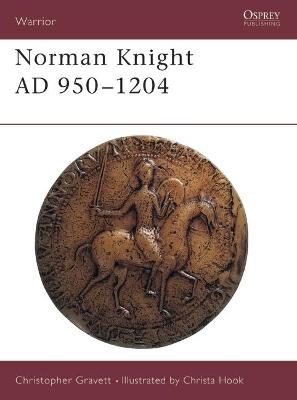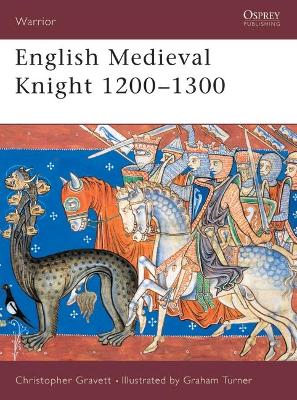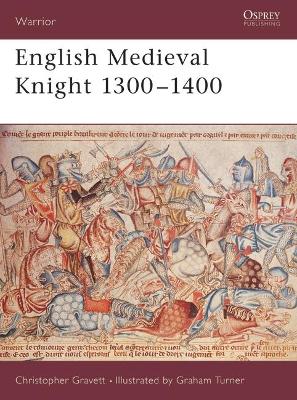Warrior S.
4 primary works
Book 1
Throughout the 11th and 12th centuries the Norman knight was possibly the most feared warrior in Western Europe. He was descended originally from the Vikings who had settled in Northern France under their leader Rollo in or around 911 at the behest of Charles the Simple and throughout the...Read more
Throughout the 11th and 12th centuries the Norman knight was possibly the most feared warrior in Western Europe. He was descended originally from the Vikings who had settled in Northern France under their leader Rollo in or around 911 at the behest of Charles the Simple and throughout the following centuries they remembered and built on their warlike reputation. This book shows how their military prowess was renowned throughout the known world and resulted in Normans conquering Sicily in 1060 and England in 1066, as well as participating in many important battles in Italy and playing a major part in the First Crusade.
Book 35
This book is a detailed and fascinating look at the English knight through the high watermark of the age of mail. This, and all the other equipment a knight needed are examined, together with the role of squires. In order to take a 'through the eyes' look at the...Read more
This book is a detailed and fascinating look at the English knight through the high watermark of the age of mail. This, and all the other equipment a knight needed are examined, together with the role of squires. In order to take a 'through the eyes' look at the life of a knight during this period, the books follows a hypothetical knight, to show how he faired on campaign with the Normans at the loss of Normandy. His son will ride in the civil wars of Henry III and Simon de Montfort and with Edward I in the Welsh and Scottish wars.
Book 48
This volume details the life of the English knight during the 13th century, a period in which knighthood became so expensive that many eligible men had to be forced into it by royal command. How the tournament, a highly dangerous but lucrative way of accumulating wealth and status, evolved...Read more
This volume details the life of the English knight during the 13th century, a period in which knighthood became so expensive that many eligible men had to be forced into it by royal command. How the tournament, a highly dangerous but lucrative way of accumulating wealth and status, evolved through the century is thoroughly explored along with the formation of the army using the feudal system, commutation of duty by the money payment of scutage and the hiring of mercenaries. Photographs of rare surviving pieces of armour along with Graham Turner's colour plates are used to illustrate this volume.
Book 58
The 14th-century knight lived in a time of change, in terms of both recruitment methods and the appearance of fighting men. This title describes all aspects of the knight's life, including his training in the castle yard and the hard knocks of the tournament. The knight's life on campaign...Read more
The 14th-century knight lived in a time of change, in terms of both recruitment methods and the appearance of fighting men. This title describes all aspects of the knight's life, including his training in the castle yard and the hard knocks of the tournament. The knight's life on campaign is explored along with the role of mercenary knights, the motivation of knights in the field and the influence of chivalry.



